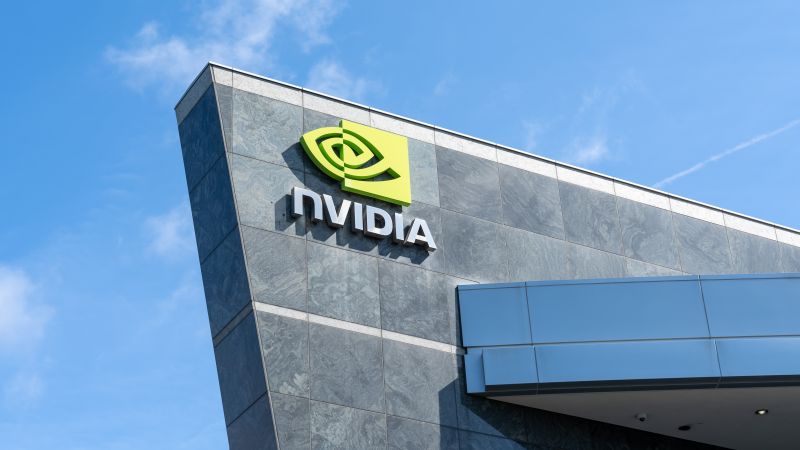Nvidia, the American technology giant, has announced plans to develop a more affordable version of its Blackwell artificial intelligence (AI) chip specifically for the Chinese market, in a move seen as both commercially strategic and geopolitically significant.
The new chip, expected to enter production in June 2026, will be based on Nvidia’s RTX Pro 6000D architecture and priced between $6,500 and $8,000—significantly less than the current Blackwell models, which cost between $10,000 and $12,000.
The announcement comes months after the United States government imposed export restrictions on Nvidia’s high-end H20 AI chips to China, citing national security concerns. With the H20 chip now banned, Nvidia’s new offering is widely viewed as an attempt to retain access to the lucrative Chinese AI market, while staying within the limits of U.S. trade regulations.
Unlike its more advanced counterparts, the new Blackwell chips for China will use conventional GDDR7 memory and will not incorporate Taiwan Semiconductor Manufacturing Company’s (TSMC) cutting-edge packaging technologies. This shift away from advanced packaging has raised questions about the chip’s performance capabilities.
Industry analysts suggest the lower price point and reduced technological complexity indicate that the chip may offer less power and efficiency than existing Blackwell chips, which are used for high-end AI training and inference tasks globally.
“Nvidia’s strategy appears to be focused on volume over performance,” said Dr. Adrian Lee, a semiconductor analyst based in Singapore. “They’re walking a fine line between satisfying regulatory constraints and maintaining commercial viability in China.”
Despite potential reductions in processing capability, the chip could still serve a broad range of AI applications in China, particularly among enterprises and startups seeking scalable solutions without the steep costs associated with premium AI hardware.
Nvidia has not confirmed the full specification sheet of the upcoming chip but emphasized that it remains committed to supporting “responsible innovation and global partnerships.”
The chip’s development also signals a shifting balance in global semiconductor manufacturing. By opting out of TSMC’s advanced packaging—a key performance booster in previous models—Nvidia is choosing accessibility over technological supremacy, at least in this instance.
Beijing-based tech firms are expected to welcome the move, as domestic AI development accelerates and competition with Western firms intensifies. China has long been a crucial market for Nvidia, accounting for a significant share of its global GPU sales.
The company’s pivot to a new, compliant product underscores the complex intersection of technology, geopolitics, and business. As trade restrictions tighten, tech companies are increasingly forced to innovate within political boundaries.
While the full market impact of Nvidia’s new chip will unfold in 2026, the decision marks another major development in the evolving tech rivalry between the U.S. and China—where AI remains both an opportunity and a battleground.

